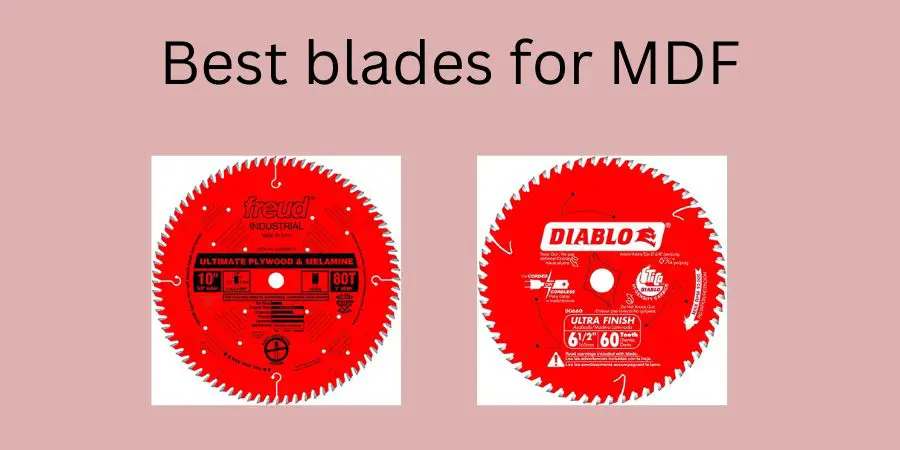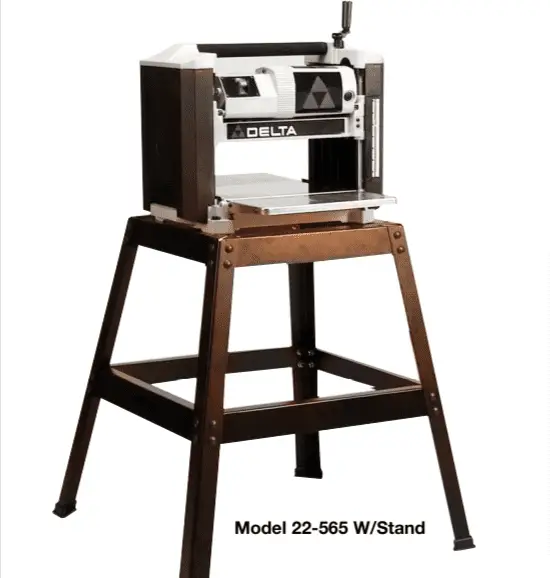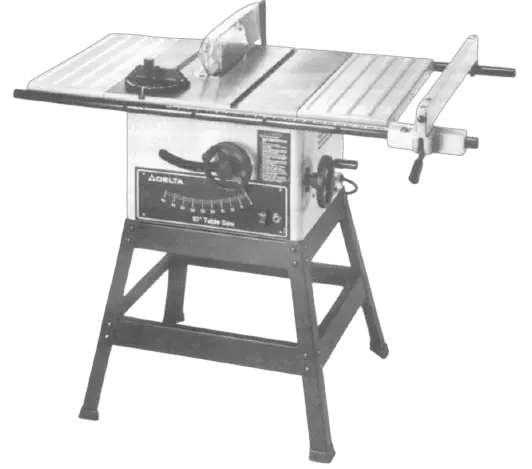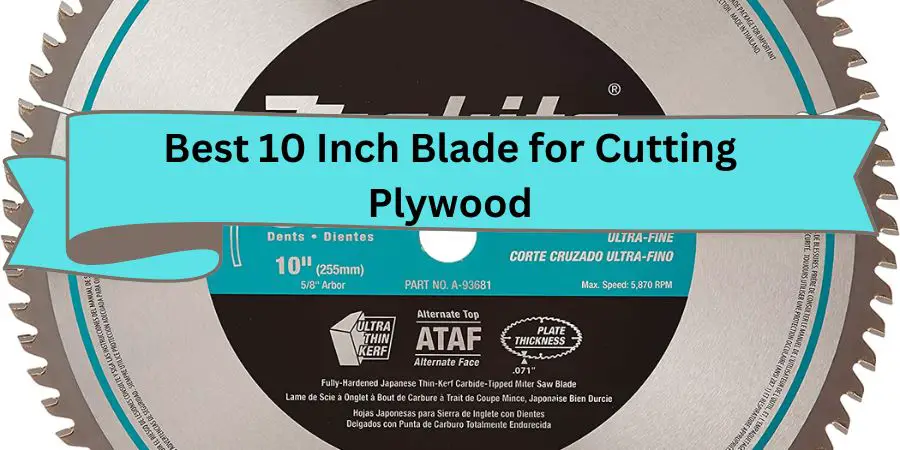To achieve clean and precise cuts when working with MDF, it’s important to choose the right saw blade. There are a variety of saw blades available on the market, each with different features and capabilities.
Here I’ve listed the best circular saw blades for MDF that ivé personally tested and I often recommend these blades to my fellow workers. You can find different sizes of these blades in the store ranging from 6 1/2 to 10″. So make sure to check the right size.
List of best blades for MDF:
- Norske Tools Thin Kerf– Size 8 1/2
- Freud LU80R010– size 10 inch
- BOSCH DCB1080– Size 10 In 80-tooth
Best Blades for cutting MDF
Norske Tools Thin Kerf– Size 8 1/2
| Material | Mdf, Plywood, Hardwood |
| Brand | Norske |
| Color | White |
| Style | Compact |
| Compatible Material | Engineered Wood |
| Number of Pieces | 1 |
I recently purchased the Norske Tools Thin Kerf Ultra Fast Crosscutting Saw Blade with Maximum Battery Efficiency NCSBT017 and have been extremely impressed with its performance. I primarily use it for cutting MDF, and it has been able to handle the material with ease.
The blade’s thin kerf design allows for smooth and efficient cutting, which has significantly reduced my cutting time. The high tooth count has also helped to minimize chipping and tear-out, resulting in cleaner and more precise cuts
Freud LU80R010– size 10 inch
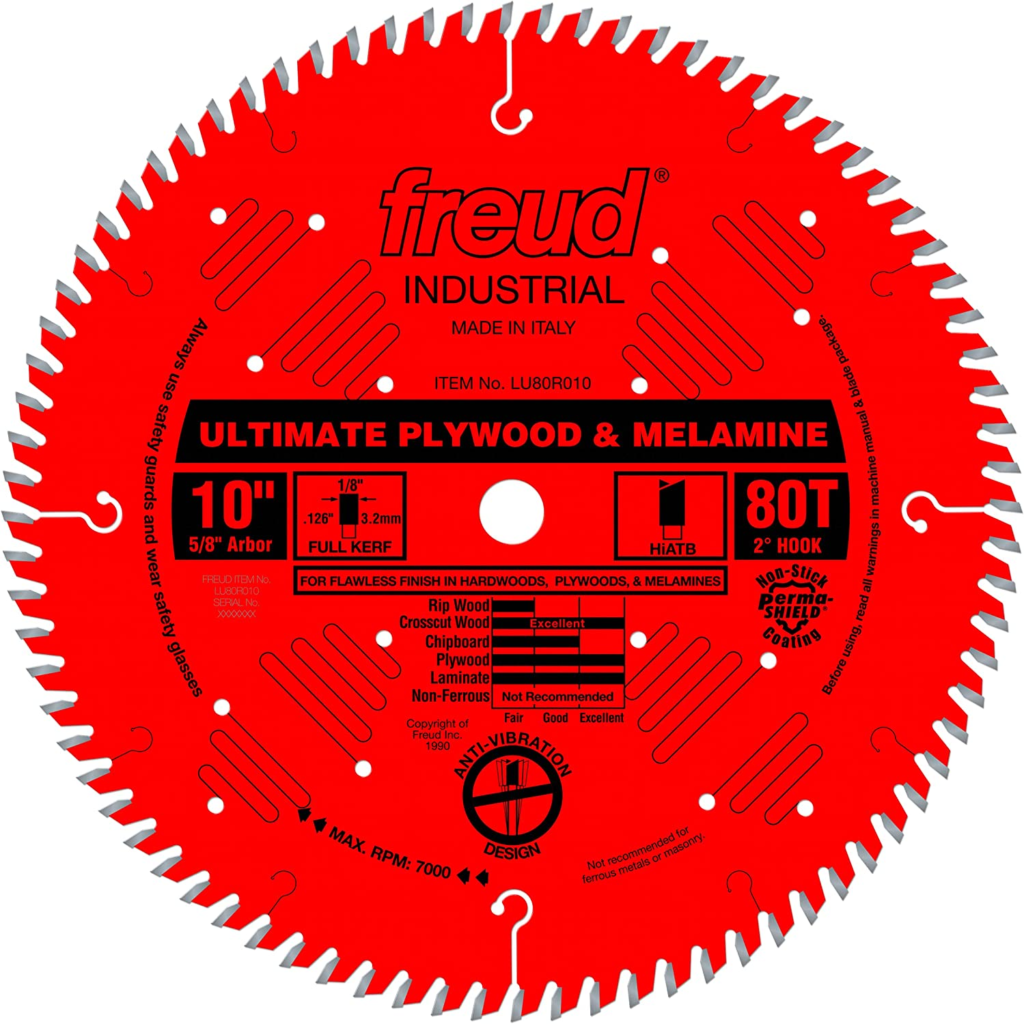
| Material | Blend |
| Brand | Freud |
| Item Dimensions LxWxH | 10.2 x 10.15 x 0.65 inches |
| Color | Multi |
| Number of Teeth | 80 |
| Style | 10-Inch 80 Tooth Hi-ATB Ultimate Plywood and Melamine Cutting Saw Blade with 5/8-Inch Arbor |
| Item Weight | 1.98 Pounds |
| Compatible Material | Engineered Wood |
| Number Of Pieces | 1 |
Whether you’re a professional woodworker or a DIY enthusiast, the Freud LU80R010 is a great investment that will help you achieve professional results.
With its high tooth count and special grind, the Freud LU80R010 can easily handle the high-speed cutting necessary for MDF, while minimizing chipping and tear-out. It’s a durable and well-designed blade that will make your MDF cutting tasks much easier and more efficient.
BOSCH DCB1080– Size 10 In 80-tooth
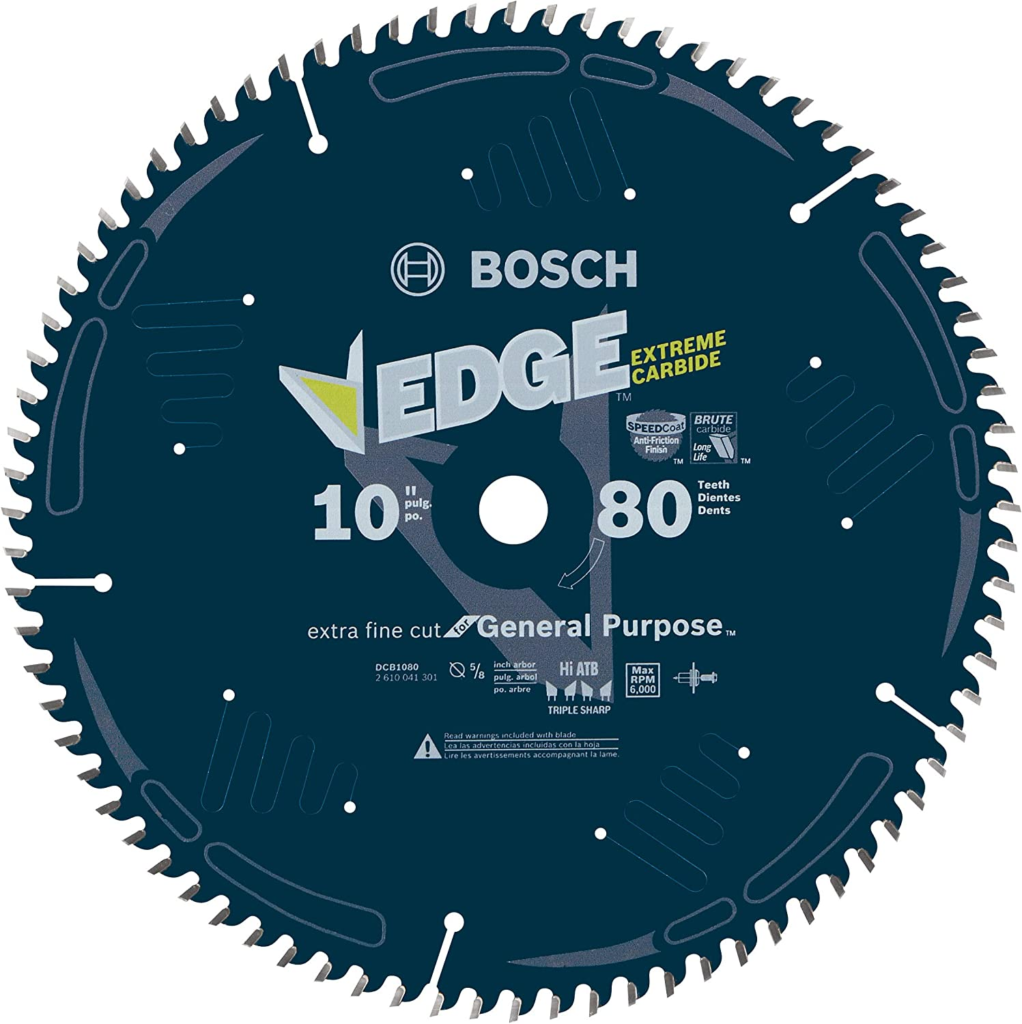
| Material | Carbide |
| Brand | BOSCH |
| Item Dimensions LxWxH | 12 x 14 x 0.31 inches |
| Color | Blue |
| Number of Teeth | 80 |
| Style | 80 Teeth |
| Item Weight | 1.75 Pounds |
| Compatible Material | Engineered Wood, Wood |
| Number Of Pieces | 1 |
I recently used the BOSCH DCB1080 10 In. 80 Tooth Edge Circular Saw Blade to cut MDF and was very impressed with the results. The blade is specifically designed for cutting melamine and finished plywood, but it also worked well for cutting MDF.
The high tooth count of 80 teeth helps to create a smooth and clean cut, reducing the amount of tear-out and chipping that can occur when cutting MDF. I found that the blade cut through the material with ease, and the finished edges were clean and free of any splinters.
The blade’s extra-fine finish is also beneficial when cutting MDF, as it creates a smoother surface that requires less sanding and finishing. This saves time and effort, making the cutting process more efficient.
Tips to choose the Best MDF blade
Type of Blade- carbide
When you’re cutting MDF, it’s important to choose the right type of blade for the job. The most commonly used and recommended blade type for cutting MDF is the carbide-tipped saw blade. These blades are made with carbide inserts that are brazed onto the blade body, making them strong, durable, and able to maintain sharpness for longer periods of time. They can also handle the high-speed cutting necessary for MDF.
While other blade types, such as high-speed steel blades, may be used for cutting MDF, they may not be as durable and may dull more quickly. Additionally, they may not be able to handle the high-speed cutting that is necessary for MDF.
Tooth count: 60-100
For cutting MDF, a higher tooth count is generally recommended. A blade with a tooth count between 60 to 100 TPI (teeth per inch) will provide a smoother and cleaner cut. This is because a higher tooth count means that the blade will make more cuts per inch, resulting in finer and more precise cuts.
However, it’s worth noting that a higher tooth count will also reduce the cutting speed. This means that if you need to cut through MDF quickly, you may want to consider a blade with a lower tooth count. A blade with a lower tooth count will remove more material with each tooth, resulting in a faster cut.
Blade size: Depends on your saw
For MDF cutting, a typical blade size ranges from 10 to 12 inches in diameter. It’s important to check your saw’s specifications to determine the maximum blade size it can accommodate. Using a blade that is too large for your saw can result in an unsafe and ineffective cutting experience.
Additionally, the blade thickness should also be taken into consideration when selecting the appropriate blade size. A blade that is too thick may cause friction and heat buildup during cutting, which can result in a less-than-optimal cut or even damage to the blade. A blade that is too thin, on the other hand, may be prone to bending or breaking during use.
By selecting a blade size that is appropriate for your saw and project needs, you can ensure a safe and effective cutting experience that results in clean and precise cuts every time.
Cutting speed- Higher is smoother ( but not better always)
MDF can be cut at a high speed, so you’ll want to choose a blade that can handle the heat generated by high-speed cutting. Look for blades with cooling vents or other features that help dissipate heat.
Brand and quality: It’s important to choose a reputable brand and high-quality blade to ensure clean, precise cuts and long-lasting durability.

